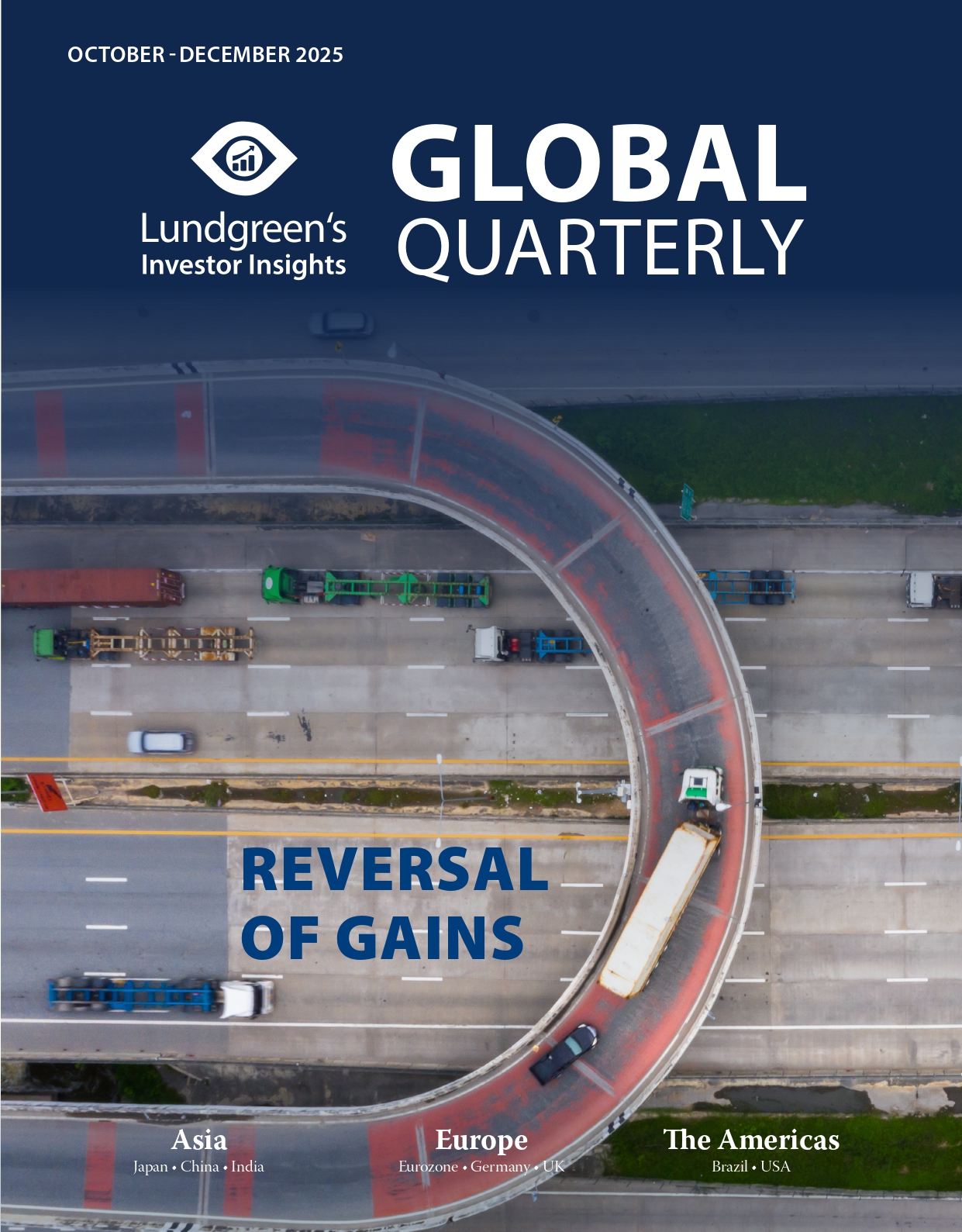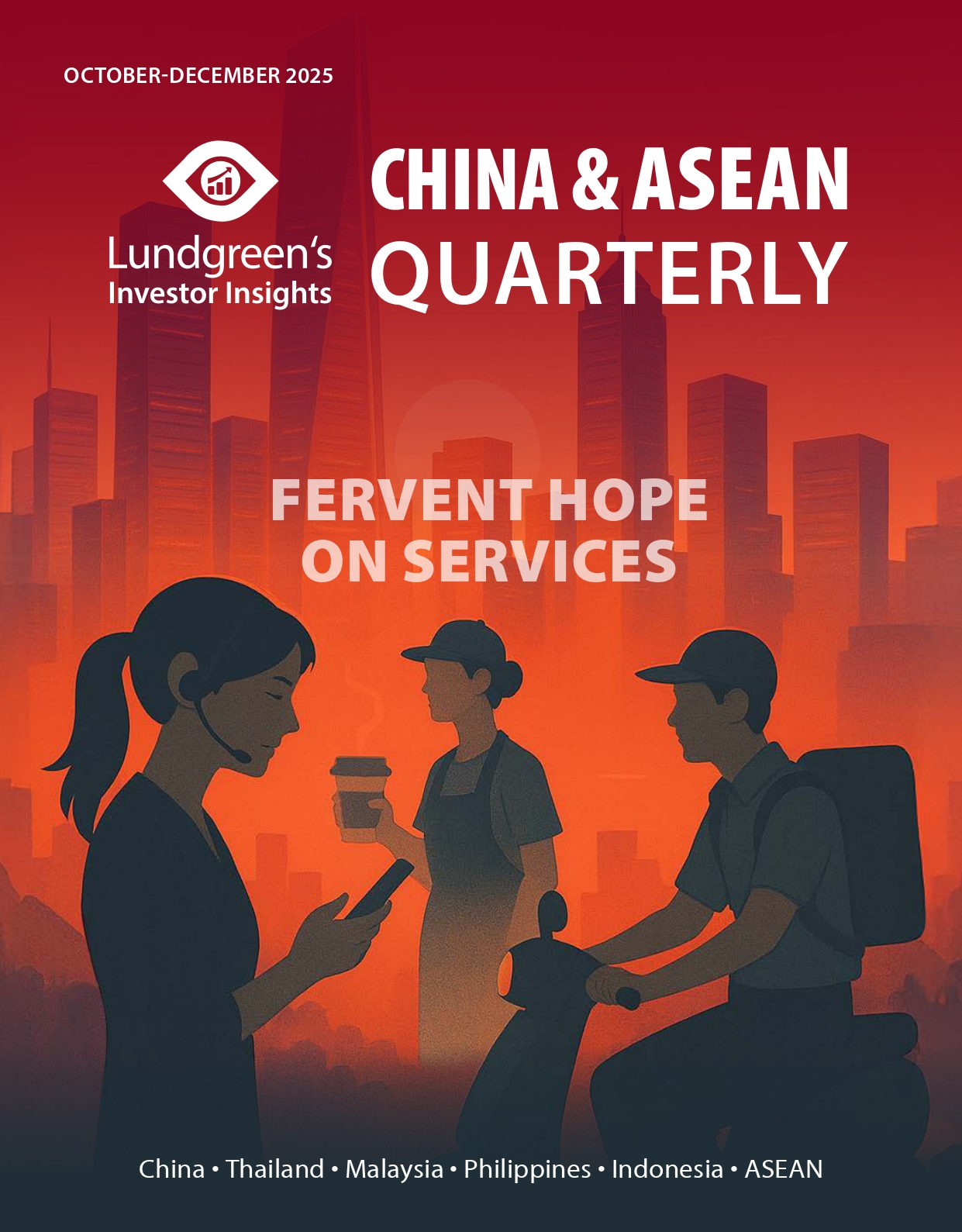Next Week in China: 28 April-2 May 2025
Major Data Releases:
- 28 April: Hong Kong to report March external merchandise trade statistics
- 29 April: China to report Q1 industrial profits of businesses above designated size
- 30 April: National Bureau of Statistics, Caixin to release April Purchasing Managers’ Index (PMI) figure
- 30 April: Taiwan to release advance estimate for Q1 2025
- 2 May: Hong Kong to report March retail sales data
- 2 May: Hong Kong to release advance estimate for Q1 2025
The coming week is expected to be relatively quiet in terms of major data releases for Mainland China. However, economic data for April will be interesting to monitor given the significant volatility caused by Trump’s series of reciprocal tariffs. Additionally, the market will be closed for one day in Hong Kong and Taiwan on 1 May for Labor Day, while financial markets in Mainland China will be closed from 1-5 May, with trading resuming on Tuesday, 6 May.
For April, we expect the manufacturing PMI figure to take a significant dip, falling below the boom-bust line of 50 under the shadow of tariffs. According to the leading index, the Emerging Industrial PMI dropped sharply by 10.2 to 49.4 percentage points. Among the affected emerging industries were new energy vehicles, next-generation information technology, and the new energy sector. The PMI for the three industries fell to around 51 this month, while all other industries dropped below the 50 threshold. Historically, the seasonal pullback in April usually amounted to 2-3 percentage points, but the massive increase in US tariffs has greatly amplified the extent of this decline. Under the pressure of trade barriers, some companies have adopted a wait-and-see approach, which has constrained both production and demand. The direction of all sub-indices is consistent and clear.
This month’s sudden interruption in business activity matches the weight of urgency and uncertainty brought on by the COVID-19 pandemic. However, the tariff impact differs from that of the disease: the pandemic initially suppressed production which then reduced demand, whereas trade disruptions are reducing demand first which will subsequently suppress production. Although the export orders index also dropped significantly this month, business expectations remain at a level of 67.1, product orders are still at 51.6, and sales prices have quickly dropped to a low of 38.4. These suggest that the sector may face even more intense internal competition for resources, called involution, in the future. As such, we expect a significant drop in the Industrial PMI in April.
Equities saw a good week. As of Thursday, 24 April, the MSCI China Index picked up by 2.91 per cent, the Shanghai Composite Index rose by 0.63 per cent, the Shenzhen Component Index by 0.99 per cent, and the ChiNext Index by 1.14 per cent. During this period, small-cap stocks largely outperformed mid- and large-cap stocks. From a style perspective, both value and growth stocks performed similarly. At the beginning of the month, the A-share market quickly priced in the pessimistic expectations triggered by “Liberation Day” duties and subsequent impositions that led to an effective tariff of 145 per cent on Chinese products.
Central Huijin, China’s sovereign fund, acted to stabilize the stock market that led to an oversold rebound of the A-share market. After this, the market entered a phase of oscillation and bottoming out, with the main concern remaining to be the sharp decline in external demand. Although there may be some rush transshipment seen in the second quarter which could partially offset the decline in foreign demand, the decline in trade volumes may intensify in the third quarter. While the marginal impact of further tariff increases is currently very small, the US may introduce new restrictive measures in areas such as finance and technology in the future, which could trigger further disturbances in the A-share market. However, with the continued inflow of long-term funds from stabilization funds and institutions, the downside risk has been significantly reduced.
Looking ahead, the market may continue to bottom out in the short term, and it is highly likely to remain a sideways market with a clear bottom. As the situation evolves, there is increasing probability that domestic counter-cyclical measures could be implemented. Market expectations for policy support are rising, which could boost risk appetite. Specifically, the positive policy tone is expected to continue throughout the year. Judging from State Council meetings, recent inspections by national leaders, and statements from relevant ministries and commissions, policies such as shifting export volumes to domestic sales, stockpiling, expanding demand for services consumption, and cuts to bank reserve requirements and interest rates remain on the table.
This piece has been co-produced with Yiyi Capital Limited in Hong Kong, a China specialist and a part of a global financial services group.







